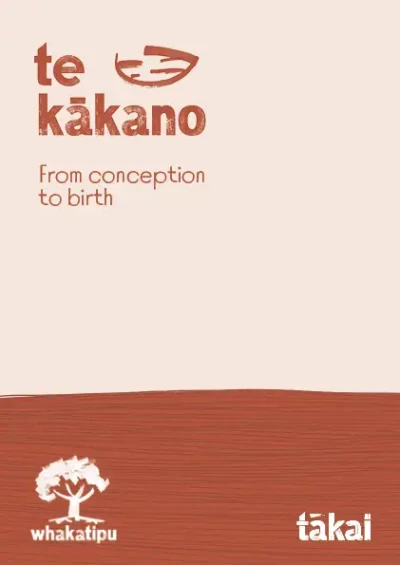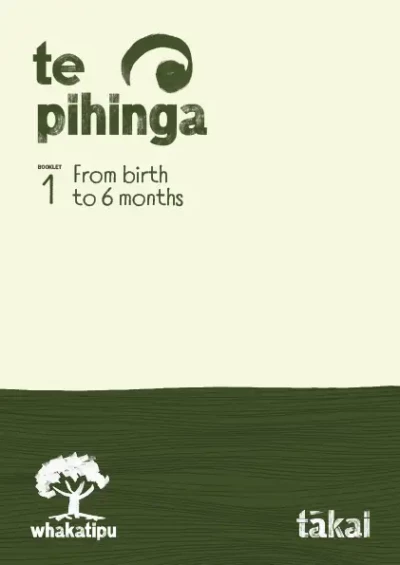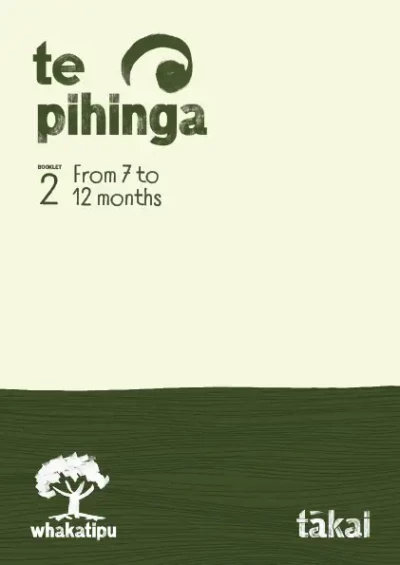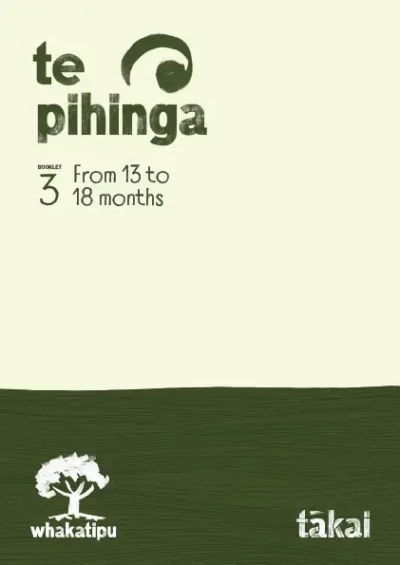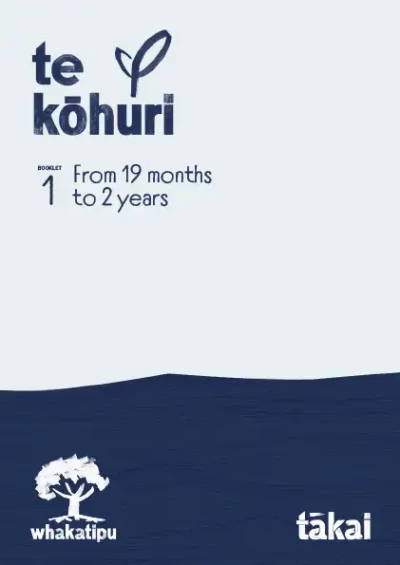
E aroha ana ahau ki te ako
Babies' brain growth is massive in the first 3 years. They learn through exploring with the help of their whānau.
I love to learn
E aroha ana ahau ki te ako – I love to learn
Brain development begins before birth, when the brain cells are being built. Although almost all of baby’s brain cells are in place at birth, there aren’t many connections between them.
By birth, babies are primed to learn. They can take in information through their senses and have already learnt some things about their world from their experiences in the womb. Early experiences (nurture) combine with baby’s genes (nature) to shape how baby’s brain is built.
Brain growth in the first 3 years
The first 3 years are a time of incredible brain growth and development. A newborn baby’s brain is about 25 percent the weight of an adult’s. By about 3 years old, baby’s brain weighs about 80 percent of an adult’s brain size. Babies learn through playing, discovering and exploring their environment – with support and attention from whānau.
How they explore will be influenced by their attachment relationship. Babies who have a secure attachment with a parent are more likely to be curious about their environment and confident to explore, knowing that a parent is close by to encourage them or to comfort them if they need help.
Secure attachment is the healthiest form of attachment. It refers to a child's ongoing relationship with a specific parent/caregiver who the child can trust to meet their emotional needs.
Interacting with parents provides more opportunities for baby to learn than any toy, TV programme or computer game. In fact, TV viewing during the early years has been linked to attention and behaviour problems as baby grows, and they may spend less time playing.
Learning through their close relationships and exploring their world builds every area of a baby's development: language, social, emotional, intellectual and physical. All of these are linked and influence each other.
Pathways in the brain that are needed for more basic functions – like survival – develop earlier than those pathways supporting more complex functions. Early learning builds the foundation on which later development is built.
Learning at their own pace
Parents don’t need to hurry their baby’s learning. Babies learn at their own pace. They’re all different — they each have their own temperament, their own interests and their own way of learning and interacting.
Parents can provide many everyday things that will stimulate baby’s senses, such as:
- reading stories
- singing
- smelling flowers
- feeling different textures
- playing music for baby to move to
- giving them blocks to bang together and build with.
Trips to the park or the beach can be a huge learning experience for baby. Every time baby has a new experience, new connections and pathways are growing in the brain. When experiences are repeated over and over, the connections and pathways are strengthened.
Baby needs to learn in a safe environment. Parents can make sure toys are safe and that there’s nothing nearby that can hurt them. Baby is very curious and wants to know about everything that’s within reach, so it’s helpful to put things that aren’t safe out of reach.
Summary
- Babies learn through all their senses.
- Their brain is growing at an incredible rate in the first 3 years.
- They learn through discovering and exploring, with help and encouragement from whānau.
- They learn more through interacting with parents than from any toy, TV programme or computer game.
- Early learning is building a foundation in the brain for later learning.
- Babies learn at their own pace.
Facts about ‘Te hinengaro mīharo’ (the amazing brain) are woven throughout the Whakatipu booklets, giving parents simple scientific information to support them with their parenting:
- Te Kākano, pages 6 and 33 – brain growth in the womb
- Te Pihinga 1, page 7 – strengthening brain connections
- Te Pihinga 1, page 25 – learning language
- Te Pihinga 1, page 32 – learning through play
- Te Pihinga 2, page 9 – learning through the senses
- Te Pihinga 2, page 25 – encouragement helps learning
- Te Pihinga 3, page 9 – positive experiences build connections
- Te Kōhuri 1, page 7 – learning through loving interactions
- Te Kōhuri 1, page 9 – repetition strengthens connections
